SA/CRS is sometimes described by classification into “types”. There are four types of sacral agenesis that were determined through a research study done by T. S. Renshaw from 1959-1978. Twenty three (23) individuals with SA/CRS were studied between 1955 and 1977 in a hospital in Connecticut, USA. This research is often cited by other researchers. It has also been translated into French.
The classification system looks at what parts of the lower spine are missing and also at how the spine connects to the pelvis. Based on this information, 4 categories were found. Keep in mind that this study was conducted a long time ago and with a small group of individuals. There may be “types” of SA/CRS that do not fit these specific classifications. (please note that another researcher used a different type of categorization, “groups”. When a diagnosis is made, it is important to request Renshaw type in the diagnosis.) Social security benefits, at least in the USA, are based on Renshaw type, which are numbered in the opposite direction of the “group” categorization, as described in this link: http://www.neuroradiologycases.com/2012/08/caudal-regression-syndrome.html?m=1
Usually the sacrum (a group of fused bones at the lowest part of the spine) sits between two sides of the pelvis. The sacral bones and the pelvis look a little bit like a butterfly. The “wings” of the pelvis are called the ilia, on each side, and the sacrum is between the ilia, connected on each side.
Here is an artist’s rendering of the front view of the sacrum as it sits between pelvic bones with the spine above and there are images of the Renshaw classifications of SA/CRS, below.
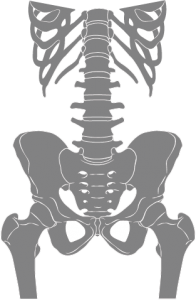
Renshaw (1978) classification: 4 categories of variations (“types”) described, as compared to the typical structure:
- Type I: total or partial unilateral sacral agenesis-this type is limited to the sacrum or coccyx area
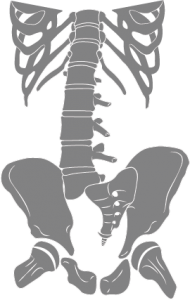
- Type II: partial sacral agenesis with a partial but bilaterally symmetrical defect and a stable articulation between the ilia and a normal or hypoplastic first sacral vertebra (most common). Note this type is limited to the sacral area.
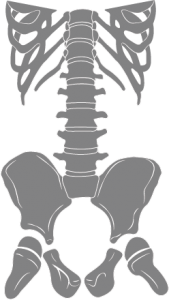
- Type III: variable lumbar and total sacral agenesis with the ilia articulating with the sides of the lowest vertebra present. Type III may be used for individuals who are missing their spine above the sacral region (in their lumbar and thoracic area)
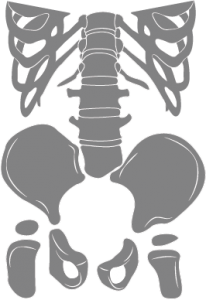
- Type IV: variable lumbar and a total sacral agenesis, the caudal end-plate of the lowest vertebra resting above either fused ilia or an iliac amphiarthrosis. Type 4 may also be used for individuals missing their spine above the sacral region (in the lumbar and thoracic areas)
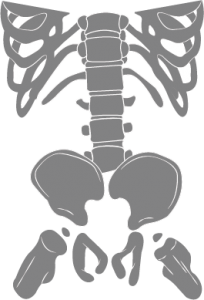
Reference
Renshaw TS. Sacral agenesis. J Bone Joint Surg Am. 1978 Apr;60(3):373-83. PMID: 649642.
Reference: Renshaw T.S. (1994) Sacral Agenesis. The Pediatric Spine – Principles and Practice. 1:2214, Raven Press, New York
